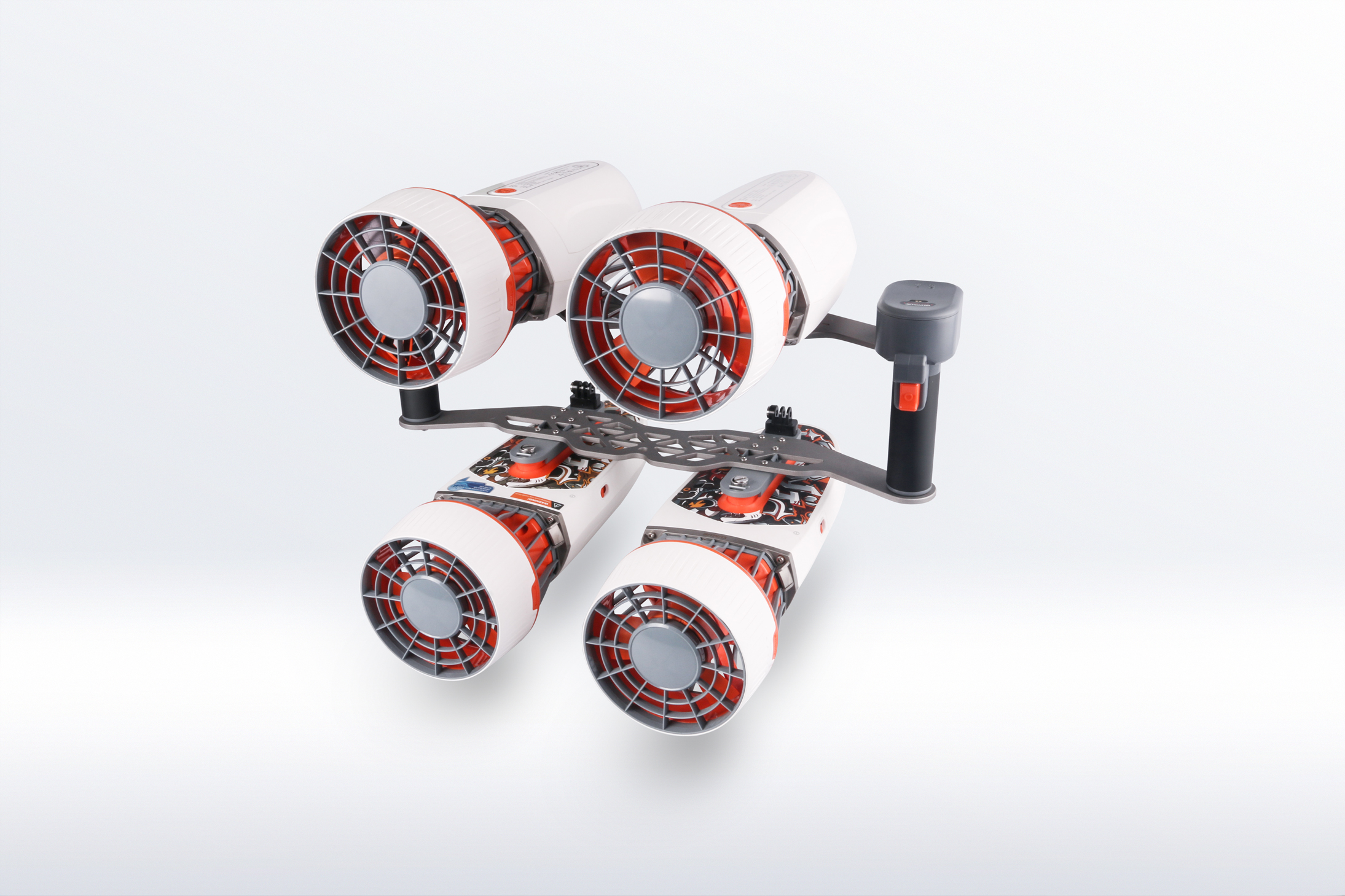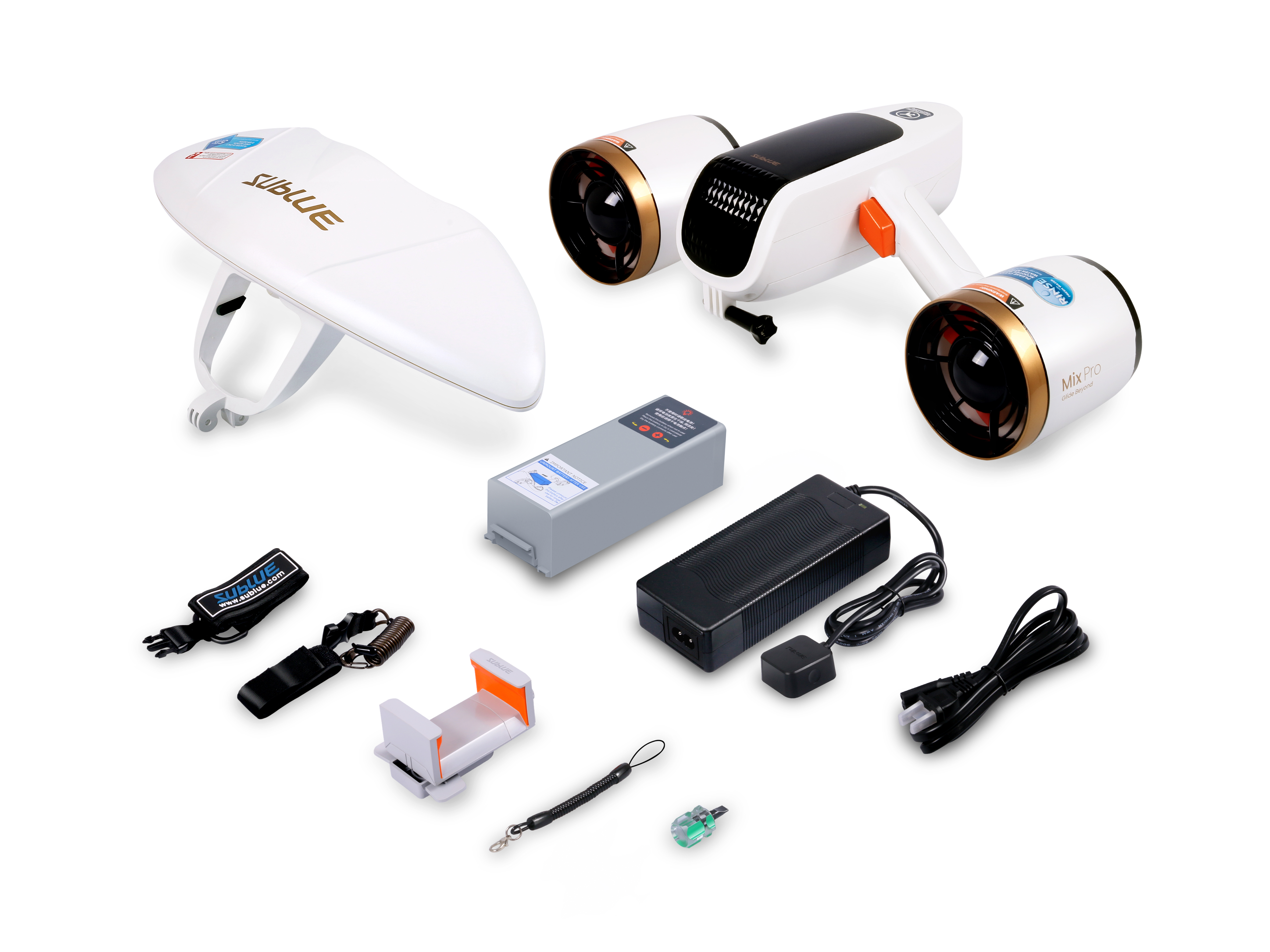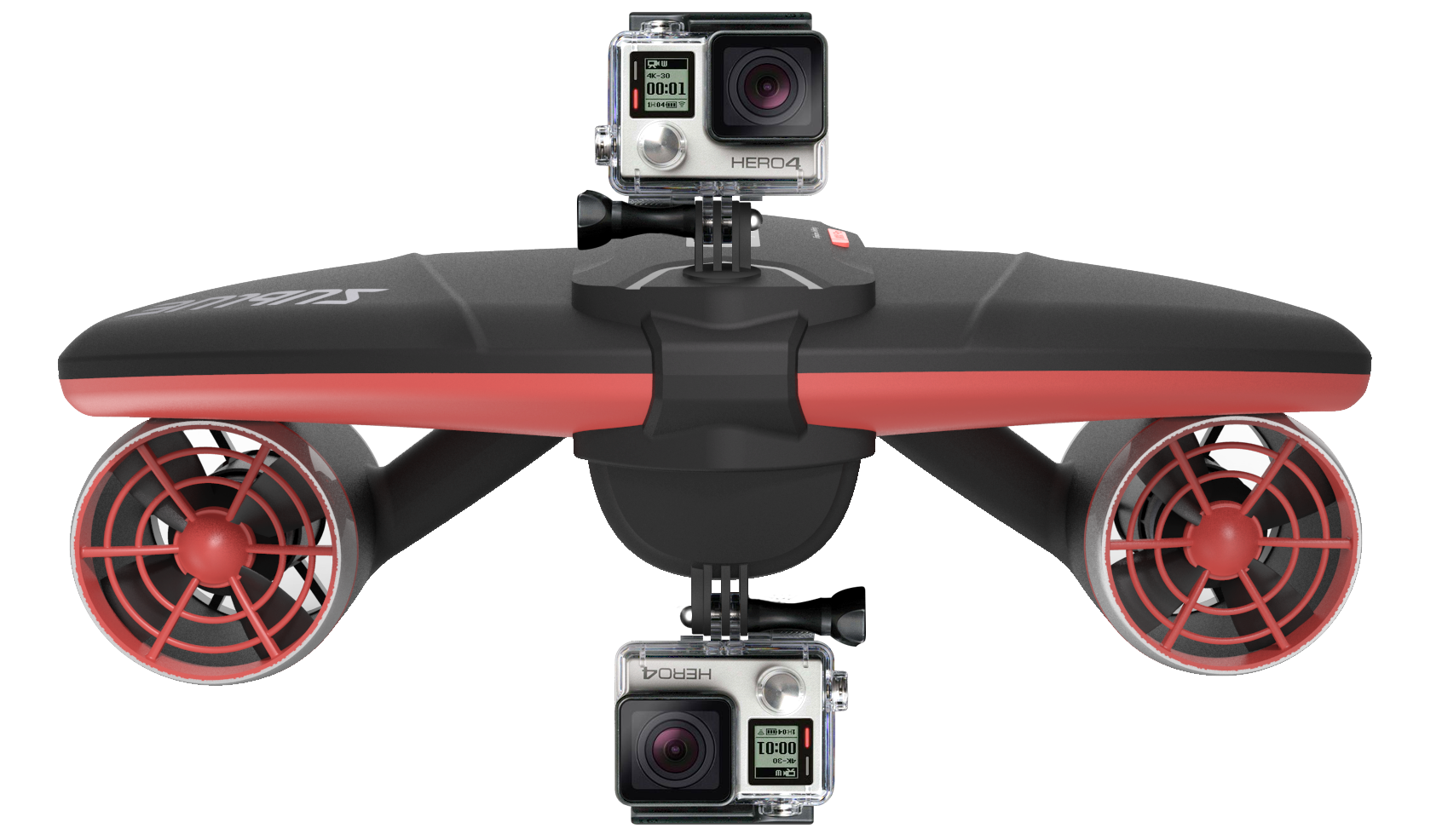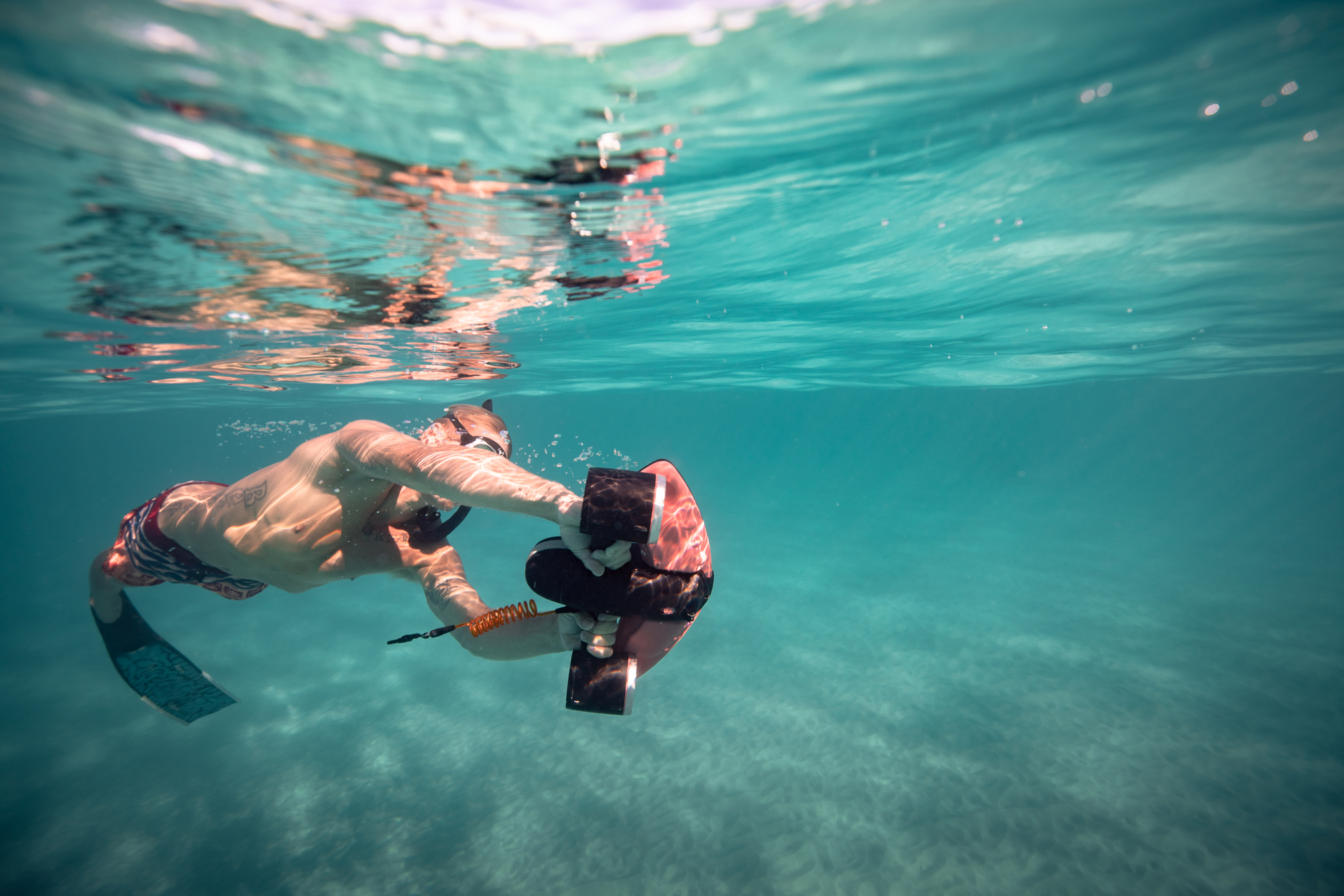Safety is a primary concern for consumers in the global underwater scooter market. As these devices gain popularity, several safety issues have come to light, impacting both consumer confidence and market acceptance.
One of the most significant safety concerns is the battery reliability of underwater scooters. Given the unique underwater environment, battery waterproofing and compartment sealing are crucial. According to the U.S. Consumer Product Safety Commission (CPSC), there were over 15 reported incidents involving battery explosions or fires in 2022 alone. These incidents mostly occurred due to poorly sealed battery compartments or the use of substandard batteries. Additionally, data from the National Fire Protection Association (NFPA) indicates that battery-related fires account for approximately 20% of all recreational vehicle fires in the U.S., which includes watercrafts and similar devices.

Battery overheating is another major issue. The Consumer Reports magazine highlights that 25% of users experienced overheating problems with their underwater scooters during extended use. This issue is exacerbated by improper charging practices and the use of unapproved charging equipment. Such problems not only pose safety risks but also lead to significant operational challenges.

Another safety issue involves the propulsion system. Some users have reported injuries from the propeller blades during operation, particularly when the blades were not fully enclosed. According to a 2022 report from the European Committee for Standardization (CEN), there were over 30 recorded incidents involving injuries from propulsion systems, with a notable increase in incidents in the past three years. The report also found that these injuries are most common among users who do not adhere to safety guidelines or use poorly designed equipment.

From a consumer perspective, safety concerns directly influence purchasing decisions and user experience. A 2023 survey by the UK-based market research firm YouGov found that approximately 70% of consumers prioritize safety when purchasing an underwater scooter. The survey also revealed that 60% of respondents would be less likely to purchase a product if they were aware of safety incidents associated with it.
Safety issues also lead to financial implications. According to a 2021 study by the Insurance Information Institute (III), watercraft-related accidents, including those involving underwater scooters, result in average property damage claims of $4,500 per incident. Additionally, personal injury claims can reach up to $50,000, depending on the severity of the injury and medical expenses incurred. Such financial risks further contribute to consumer hesitation and increased scrutiny of safety features.

To address these safety concerns, manufacturers have implemented several improvements in their products. First, advancements in battery design have significantly enhanced waterproofing and heat dissipation. High-end models now feature multi-layer sealing structures and have passed rigorous IPX8 waterproof certifications, ensuring battery safety even at substantial underwater depths. For example, the latest models from leading brands have demonstrated a 40% improvement in heat dissipation efficiency compared to older designs.

In terms of propulsion systems, the latest underwater scooters are designed with enhanced safety features. Many new models now fully enclose the propeller blades within protective casings, preventing accidental contact during use. Additionally, some high-end models include an automatic shut-off function that activates when an anomaly is detected or if the device encounters an obstacle. This feature has been shown to reduce injury rates by 35% in user trials conducted by independent safety testing organizations.

Overall, technological advancements are progressively enhancing the safety of underwater scooters. However, consumers should remain vigilant, choosing products that have been certified by reputable authorities and following usage instructions carefully. By doing so, they can enjoy the excitement of underwater exploration while minimizing potential risks.
